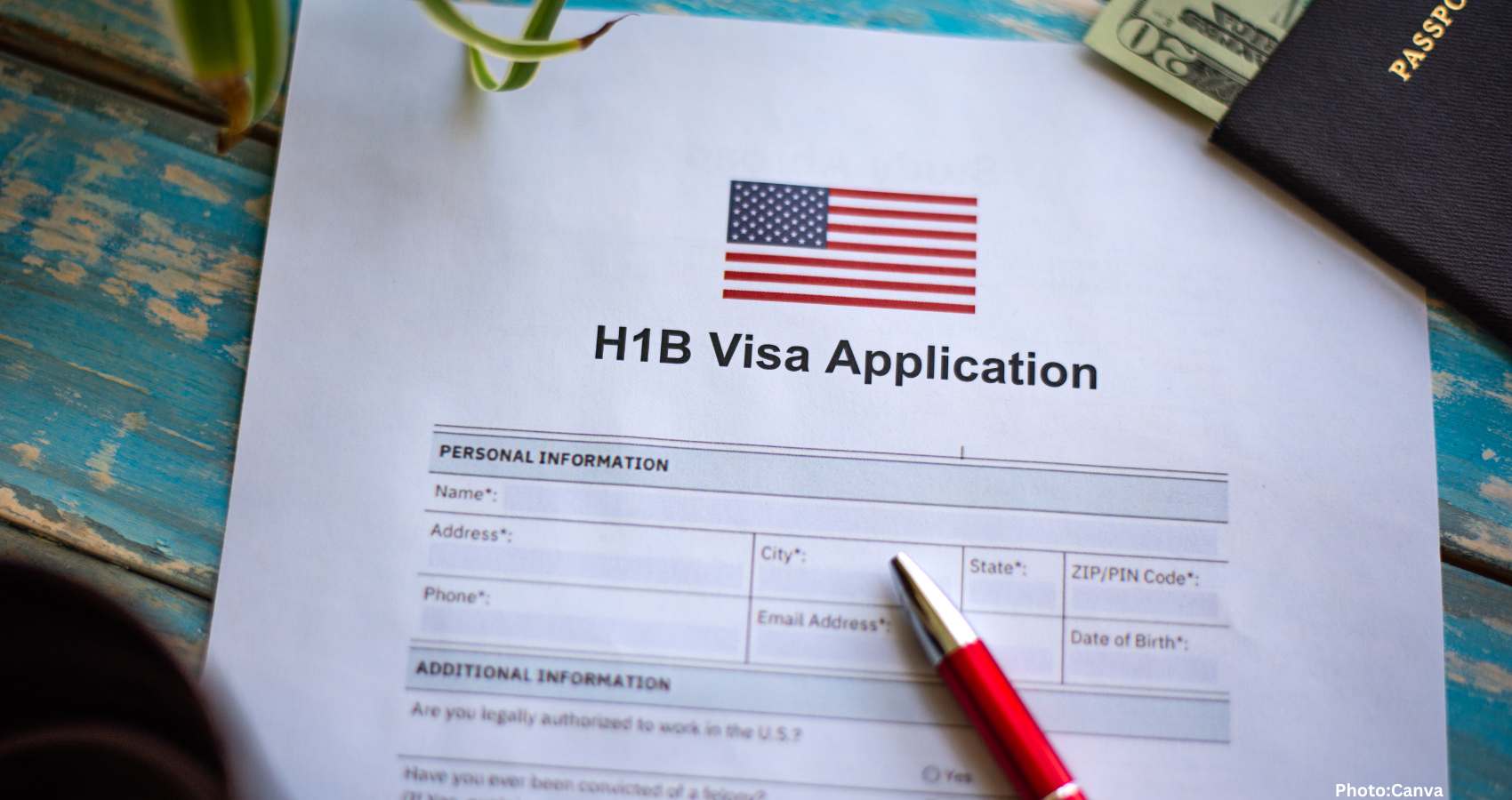For decades, America’s technological lead depended on attracting the world’s top talent. That allure is diminishing. The recent hike in H-1B visa fees alone is projected to cost U.S. companies $14 billion annually, leading many to prefer hiring abroad to avoid these costs.
For instance, Zhou Ming, who played a key role in developing software ensuring the safe flight of Boeing 787s and Airbus A380s, has stepped down from a leadership position at a major U.S. firm. His departure wasn’t driven by financial or prestige reasons, but by a more compelling opportunity—he became the founding dean of an engineering college in Ningbo, China. Zhou is not an exception but a sign: top Chinese scientists, engineers, and entrepreneurs who historically contributed to American innovation are returning home, drawn by opportunities to build, lead, and succeed.
Meanwhile, U.S. policies are quietly driving them away. Over the past year, several Chinese-born academics and tech experts have left elite U.S. institutions for influential roles in China’s innovation scene. In the U.S., foreign researchers now face rising visa costs, increased political scrutiny, and shrinking research funding. Conversely, China offers these researchers million-dollar grants, state-backed laboratories, housing stipends, and startup capital.
This shift is driven by a clear national strategy: China prioritizes science and technology, supporting it with policies designed to attract top global talent. In 2024, China streamlined its visa system, and in October 2025, launched the “K visa,” enabling young STEM professionals to live, work, and seek employment in China without a job offer.
This wasn’t coincidental, as it coincided with the U.S. imposing a $100,000 fee for H-1B visas, which drove away thousands of skilled workers overnight. In India, the Indian tech sector faces immediate impacts due to heavy reliance on the H-1B visa program for U.S. operations. The high application fees could reduce H-1B approvals by thousands monthly, affecting Indian workers and remittances. The policy may also promote “reverse brain drain,” encouraging highly skilled Indian professionals to stay in India or explore other countries. Additionally, with U.S. restrictions, Indian tech firms might expand their markets through diversification and local employment. The landscape continues to evolve—let indian government also align strategies with these shifting global trends.

